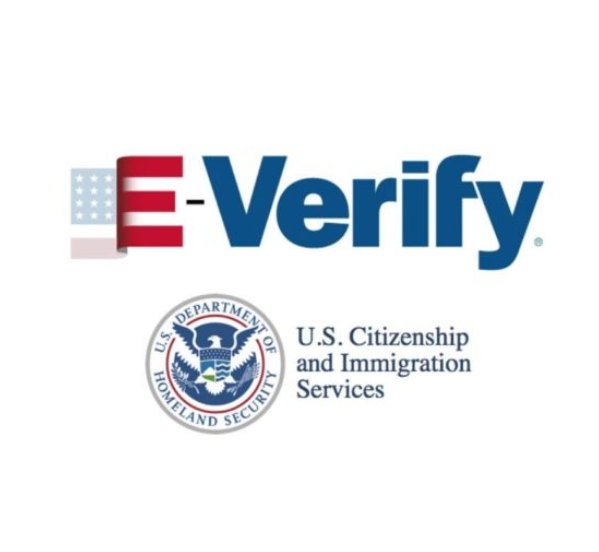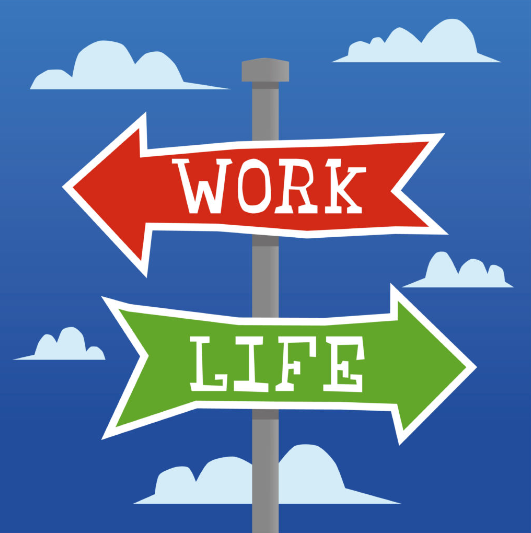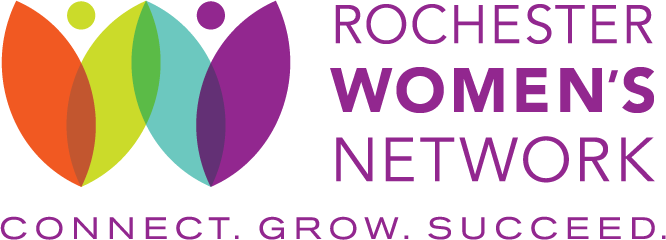Employee Benefits: How to Retain Your Best Employees—and Attract More Like Them
Lisa
on
March 14, 2024
Benefits are a major draw for prospective workers and a flexible reward for your valuable employees. Yet, as hiring becomes more competitive, what used to be known as fringe benefits are now a necessity to attract and retain your workforce.
If you already offer traditional benefits packages, you may want to expand your benefits to make your workplace even more attractive to employees.
Let’s take a look at 3 types of employee benefits you can offer—including some no-cost options that can be a win/win for your small business and your employees.
Traditional Benefits for Employees
Many employees seek out employers that provide traditional benefits, including:
- Medical insurance
- Dental insurance
- Vision coverage
- Life insurance
- Retirement plans and contributions
In fact, 79% of American workers say it’s very or extremely important to them that their job offer employer-sponsored health insurance. Even when a worker has a spouse or parent who can cover their health insurance, companies that offer additional plans and options are more attractive than those without these benefits.
Expanded Benefits for Employees
When you offer extra benefits beyond health insurance and retirement plans for your employees, you set your company apart from the competition. Even better, some benefits give you tax incentives!
Financial Planning Services
Money is the number 1 source of stress for Americans: student loans, credit card debt, college planning for their kids, estate planning, you name it. Your company can help relieve some of that stress by offering your employees access to a certified financial planner.
Tuition Reimbursement
Investing in your employees’ education shows you value their professional development and their dedication to your company. Further education can also prepare your employees for future promotions or advancement within your company.
Tuition reimbursement policies can be tailored to suit your company’s and your employees’ needs. You may choose to reimburse:
- coursework employees complete in a field of study relevant to their job
- coursework through pre-approved educational institutions
- tuition up to a certain amount
Dependent Care Assistance
Did you know 1 in 3 Americans are caregivers for ill or disabled relatives? That’s on top of the 34 million households with children under age 18.
Employees with dependents are juggling a lot. They may need to call out of work unexpectedly or use up all of their paid time off (PTO) to care for their family. But you can alleviate some of this stress and improve their productivity by offering dependent care assistance. This could take the form of:
- flexible spending accounts (FSAs)
- daycare allowances
- paid leave
Employee Assistance Plans (EAP)
Let’s face it: employees’ personal lives affect their work lives. If an employee is struggling with marital problems, substance abuse, or their mental health, their job performance may suffer.
An Employee Assistance Plan (EAP) is an added benefit that provides voluntary, confidential services to support your employees with personal difficulties.
No-Cost Benefits for Employees
Creating the kind of work environment that attracts good candidates and makes your best employees want to stay doesn’t have to break your budget. Think about what other perks you can offer.
Flexible Work Hours
Many employees want a job that fits their lifestyle, rather than having to fit their life around work. Parents may appreciate being able to work from home for 1-2 hours in the afternoon to get their children off the school bus. Night owls may work best if they can start at 9:00am instead of 7:30am.
Flexible work hours can take a variety of forms:
- Shift to a 4-day work week. (Who doesn’t love a 3-day weekend?)
- Start the work day earlier or later.
- Offer weekend or home office hours.
Autonomy
Autonomy is a magnet for self-motivated people. Employees who thrive on their own and are willing and able to set goals may appreciate the ability to work from home or work with limited input/supervision.
Team Engagement
Do you talk with your staff and exchange constructive feedback outside of annual reviews? Do your employees feel like their input is heard and valued?
Workers who get regular feedback report better relationships with their manager. Yet 1 in 4 workers say they rarely or never get feedback. Regular engagement with your staff can:
- inspire fresh ideas
- build a team mentality
- generate buy-in
- create a loyal workforce
On-site Wellness Services
Health practitioners like massage therapists or concierge chiropractors may come to your office at no cost to you. Your employees can get treatment during their breaks, and two small businesses benefit.
Pet-Friendly Policies
Yep, you read that right! Pet-friendly policies can attract dog owners and animal lovers alike. When done right, allowing pets in the workplace can:
- relieve stress
- improve employee morale and communication
- reduce pet care costs for employees who pay for a dogwalker or doggy day care while they’re at work
Create an Ideal Employee Benefits Package for Your Small Business
Employee benefits packages can help you attract and retain the best employees for your company. But the cost and complexity of providing benefits can be real obstacles for small business owners. How do you find time to research options—let alone qualify as an employer group and manage enrollments?
Employ-Ease specializes in helping Rochester small business owners like you secure and manage benefits for your employees. Another way we make it Easy to Employ!
To discuss your employee benefits options, schedule a free, confidential call with Employ-Ease owner Lisa Kretzer.















